Beauty is evergreen. Our ancestors relied on nature and its bounty for thousands of years before the age of commercial products. Living in an age when beauty is said to be ours in a a few taps, it becomes important, more than ever, to take a step back and explore our roots.
Today,we share with you five gifts we rediscovered while diving into ancient beauty practices from around the world that are still trusted – for all the right reasons:
Gua Sha, China
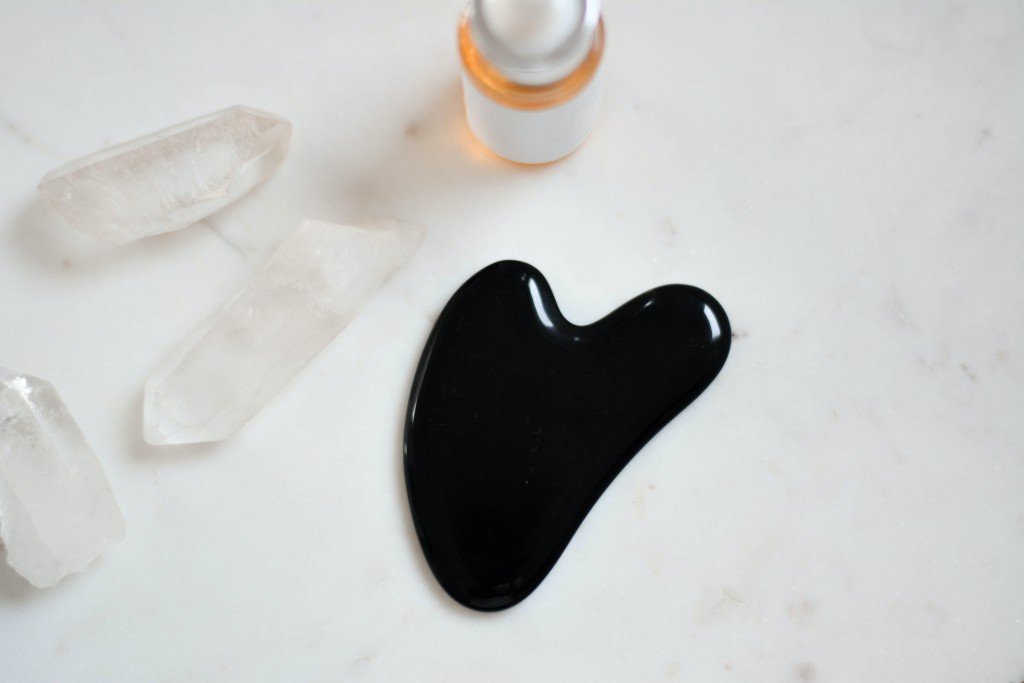
The ancient Gua Sha is having a modern moment. This piece of stone is becoming everyone’s favourite when it comes to self-love and skincare.
But what exactly is a Gua Sha?
‘Gua’ means ‘scrape’ and ‘sha’ means ‘sand’. The name itself derives from the physical outcome this tool creates. Dating back to the Paleolithic Age when stone tools were used, Gua Sha supports the idea that friction creates circulation and good circulation leads to good health. So it’s not only the skin that this stone helps – although soft, supple and clear skin is a definite consequence – the gua sha has been in use for centuries now because of its soothing effects on overall health.
Cleopatra’s regime, Egypt
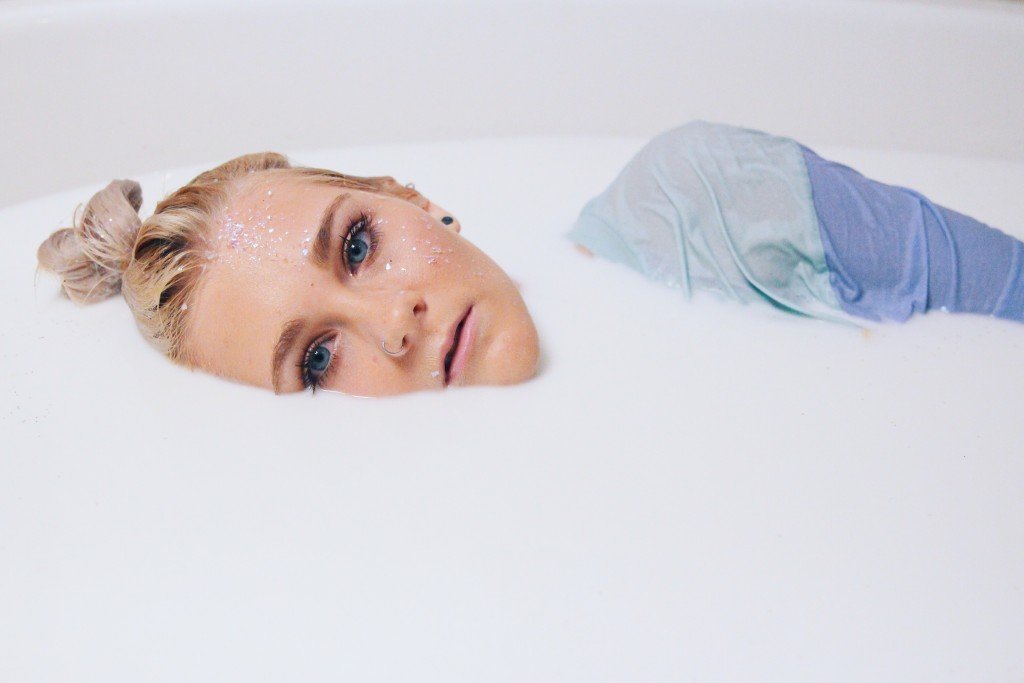
Cleopatra is known throughout history as a woman with surpassing beauty. This Egyptian Queen relied on a special bath time routine for her pulchritude.
Cleopatra’s gorgeous skin was a result of bathing in milk, honey and olive oil. Although studies show that her diary baths used goat milk(and sometimes, donkey milk), cow milk may have similar effects due to the presence of lactic acid, an effective AHA, which helps break down dead skin and allows radiance to surface.
Mud bath, Napa Valley (North America)
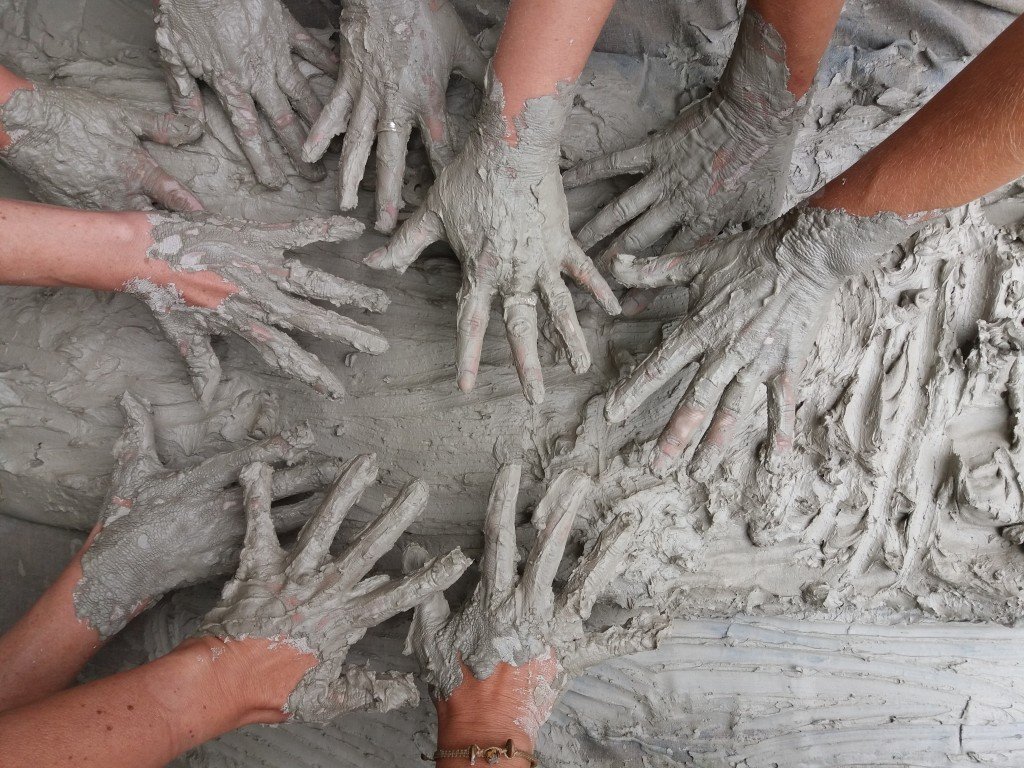
Nature has all that we need. Thousands of years ago, the natives of North America, living in Calistoga region, made use of the volcano history that comes with this place. The geothermal springs made possible the creation of incredibly relieving volcanic mud baths.
The special mud was created by mixing local ashy soil with the warm and bubbling mineral waters from springs. This helped exfoliate and soften the skin, treat inflammation and soreness of the skin and muscles(due to the rich mineral content), soothed the scalp, and softened and moisturized hair because of its antiseptic and anti inflammatory properties.
Thermal bath, Italy
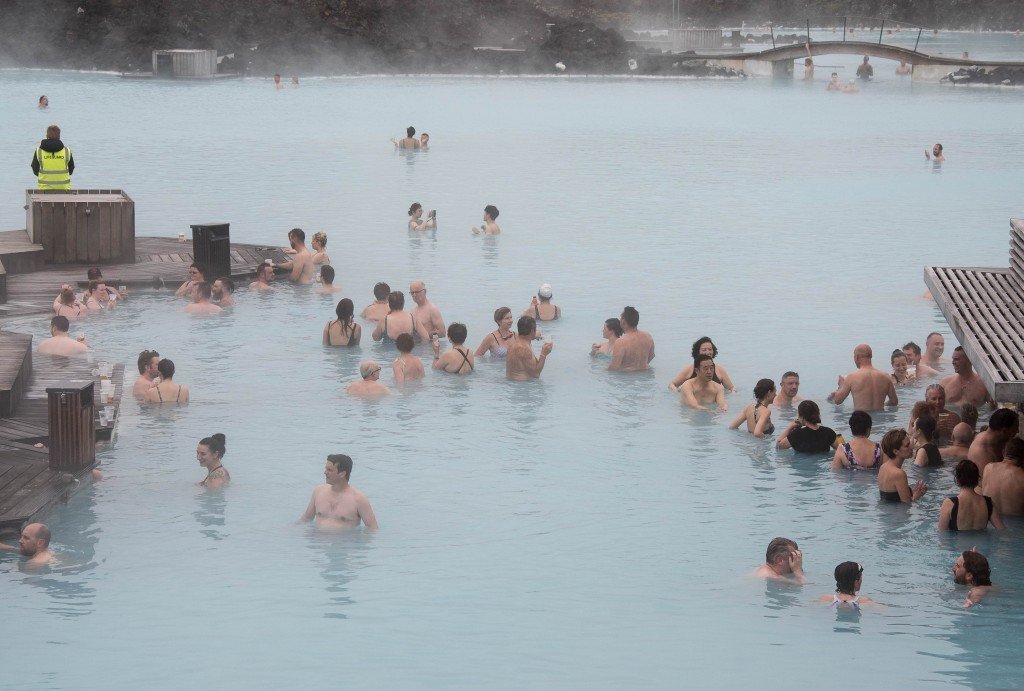
Italians knew the benefits of humidity and hot baths for skin and health even before scientists and doctors did.
The sweating that came along with thermal baths was thought to open pores, get rid of impurities, give way to glowing skin and soft hair, alleviate arthritis and rheumatism, and lower overindulgence in food and drink.
This bath was a favourite among pilgrims on their way to Rome and ensured a thorough cleansing.
Turmeric, India
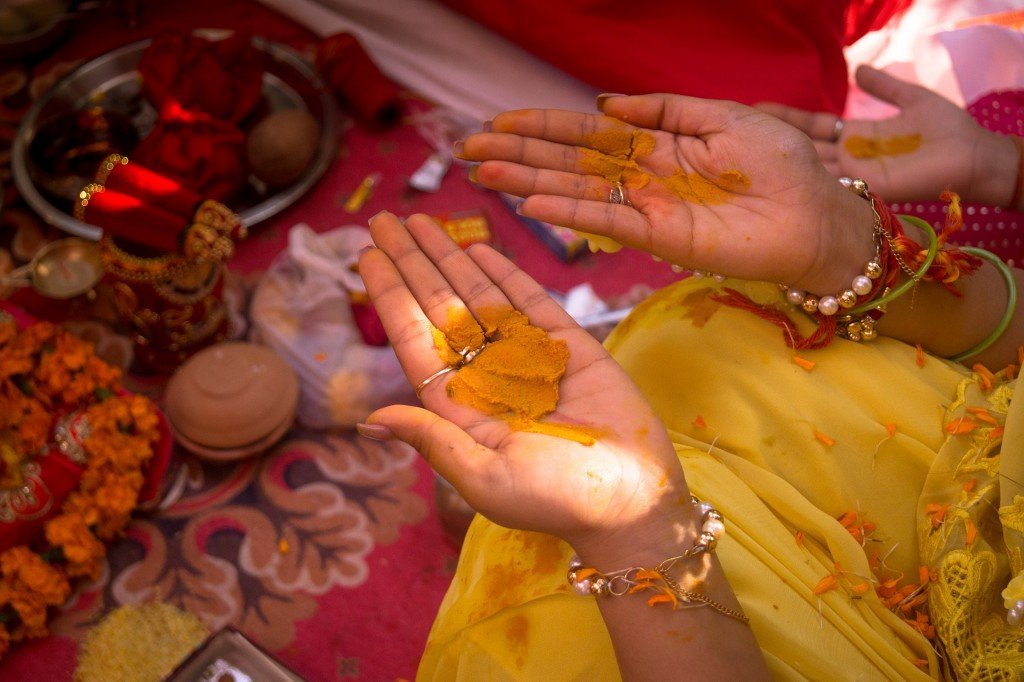
In the alternative medicinal practice of Ayurveda, turmeric is regarded as one of the most healing and beautifying spices. Known for its anti-inflammatory, anti-viral, anti-bacterial and anti-fungal properties, turmeric has been used by Indian brides for thousands of years.A day or two prior to the wedding, brides(and sometimes grooms) attended a haldi ceremony in which a turmeric paste was applied to their faces and bodies by friends and family. This paste was supposed to treat any and every skin ailment, purify the skin and give a golden glow. The practice is still prevalent in modern India.
Do you know about some ancient beauty hacks that work like a charm? Tell us.
If you liked this, you might like Body Slapping : Would You Slap Yourself To Look Beautiful?




0 Comments